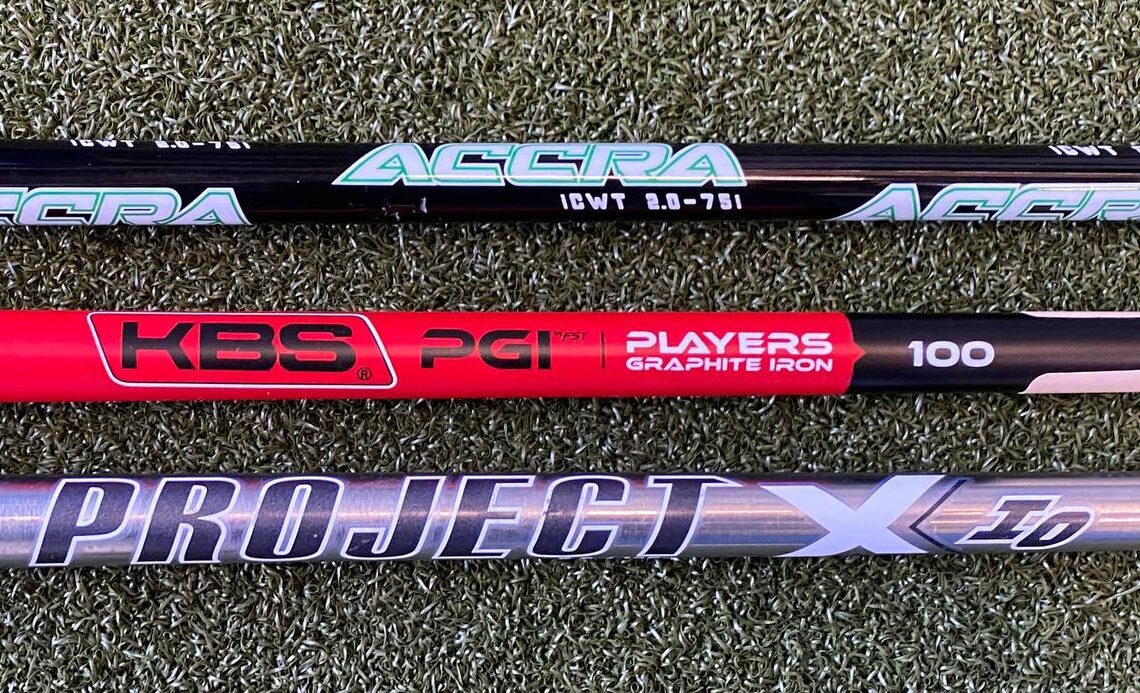If you have ever scrolled the websites of the major manufacturers and come across their custom options, you may be familiar with the term “aftermarket shaft”. So, what is an aftermarket shaft, and do you need one?
In basic terms, an aftermarket (or exotic as it is sometimes referred to) shaft is the highest quality, premium product a shaft company produces, created using their highest-grade materials and manufacturing processes. “Well, surely every manufacturer will produce the best product they are capable of every time?” you might ask. In reality, no, that is not the case. Many shaft manufacturers produce a cost-engineered version of their lines designed to be mass-produced for a specific club brand and end up in many cases being what we know as stock shafts.
Fujikura has a page of its website dedicated to highlighting its stock shaft partnerships with club manufacturers
(Image credit: Fujikura)
Stock shafts will often appear to be the same as their more expensive counterparts with the same graphics, fonts, and branding but may be missing certain features or technology. Take for example the Taylormade SIM driver. One of the stock offerings for this driver was the Fujikura Ventus Red shaft. Great, you might think, until you take a deeper look at the product. Whilst this stock product to all intents and purposes looks like the Ventus line you may have seen in the bags of tour professionals around the world such as Rory Mcilroy and Scottie Scheffler, it is not. In this example, the stock Ventus shaft is missing the Velocore technology which is ultimately what has made the shaft so popular on tour. Velocore is a multi-material construction that reduces the ovalling of the shaft, producing more stability and as such consistency.
Rory Mcilroy is one of many tour players using the Fujikura Ventus Velocore shaft technology
(Image credit: Getty)
So why do shaft manufacturers build these watered down versions of their products? It all boils down to simple economics and marketing. Aftermarket shafts are expensive, with many of the best driver shafts retailing for over $350 the numbers would simply not add up in terms of profitability to make them a viable…
..
Click Here to Read the Full Original Article at Golf Monthly RSS Feed…
